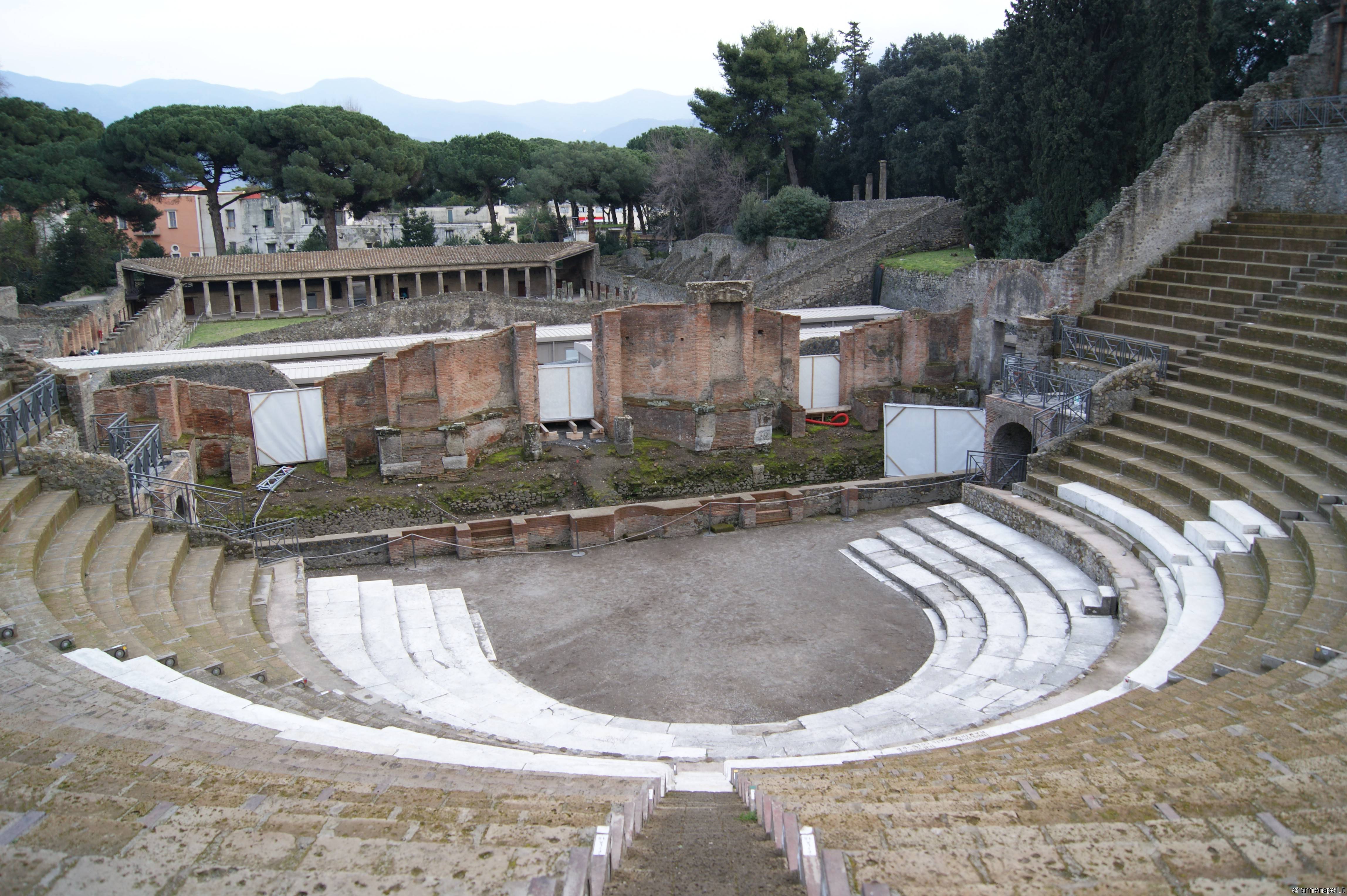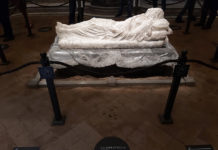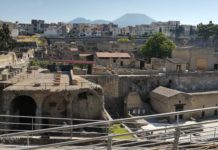The Great Theatre of Pompeii reopened. Four years after the seizure, the centuries-old structure torn from the ashes of Vesuvius back then to be re-usable. The event is scheduled for 27 and 28 June 2014 with the staging of Aeschylus Oresteia. The extraordinary trilogy Greek, in fact, will be the star of the show wanted by the National Ancient Drama (Inda) that, to celebrate its one hundred years of life, presenting, for the first time, his shows at the archaeological site of Pompeii as choosing location just the Teatro Grande.
The reopening of the site, special event that is part of the program of the Universal Forum of Cultures (UNESCO sites) will be announced next Monday (June 23), in Pompeii, during a conference planned in the area of the triangular hole. Speakers: Superintendent of Pompeii, Herculaneum and Stabiae, Massimo Osanna, the governor of the Campania Region, Stefano Caldoro, Councillor for Cultural Promotion and museums in the region of Campania Caterina Miraglia, the alderman of Tourism and Cultural Heritage of the Region of Campania Pasquale Sommese, the President of the Scabec Maurizio Di Stefano and the mayor of Pompeii, Ferdinando Uliano.
The reopening of the Grand Theatre of Pompeii was made possible by the release of the property prepared by prosecutors in Torre Annunziata. The area, in fact, was the subject of an investigation into the restoration works carried out during the period of receivership of the archaeological site. With the prosecution of all suspects, it could in fact proceed with the reopening of the site.
[charme-gallery]
The Grand Theatre, in Roman times, it was the place in which they were represented comedy, mime and pantomime, as well as the Atella. Apparently the first stone was thrown into the Samnite. The structure was completely rebuilt in the second century BC and restored several times in the following century. In the middle of the Augustan age, thanks to the contribution of the gens Holconia, one of the most important families of Pompeii was completely reconditioned. The restyling is commemorated by a plaque survived the fury of the eruption, that says: “Marcus and Marcus Rufus Holconius Holconius Celer rebuilt at his own expense the underpass covered the shelves and the whole staircase“.
The theater was built on the slopes of a hill and is located a stone’s throw from the Doric Temple. It has the shape of a horseshoe, and is distinguished from the traditional model to the Roman amphitheater. It could hold about five thousand spectators.

 Italiano
Italiano














